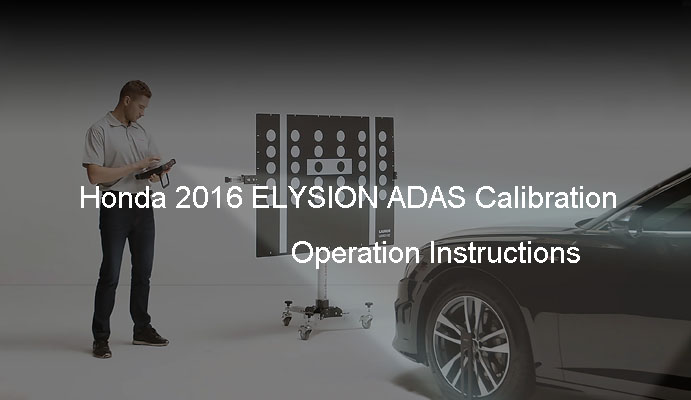Automatic emergency braking (AEB) is also known as automatic emergency braking or collision avoidance system. It uses cameras and sensors to detect potential collisions with other pedestrians, vehicles or obstacles on the road ahead, with the aim of preventing or mitigating the severity of frontal collisions. It is an advanced safety feature of the vehicle.
Data from research and reality show that Automatic emergency braking has been proven to be an efficient safety feature for vehicles. It can effectively reduce the frequency and severity of frontal collisions, thereby improving road safety. How effective is automatic emergency braking? Here are some points that can be used as references:
① Collision mitigation: Although collisions are inevitable, AEB can have a significant effect by reducing the speed of the vehicle before the collision. It helps lessen the severity of a crash and potentially reduces the risk of injury to occupants and other road users.
② Collision prevention: The AEB system can detect potential collisions and automatically activate when the driver can not respond in time. This proactive approach can in many cases help to completely prevent accidents, thereby reducing the number of collisions on the road.
③ Research and evaluation: Various studies and evaluations have shown the positive impact of AEB. Tests conducted by organizations such as the Insurance Institute for Highway Safety (IIHS) and the National Highway Traffic Safety Administration (NHTSA) have demonstrated the effectiveness of AEB in preventing and reducing crashes.
④ Real data: More and more modern cars are equipped with AEB systems. Real data shows a significant reduction in the number of accidents and related injuries.
⑤ Limitations: AEB is effective in many scenarios, but there are limitations. For example, it may not be as effective in certain weather conditions or if the vehicle's sensors are obscured. Also, the performance of AEB varies by model and brand.
⑥ Evolving technology: With the continuous advancement and improvement of technology, the AEB system may become more effective. Manufacturers are constantly refining algorithms and sensor capabilities to improve their performance and extend their effectiveness to a wider range of scenarios.
AEB can effectively improve road safety, but it is not a substitute for responsible driving. Because AEB systems may not be able to detect all potential hazards or account for the unpredictable behavior of other drivers or pedestrians, drivers should remain attentive and alert on the road at all times.
Both AEB and ABS are important safety features of vehicles, and they have the following differences:
Function: AEB is designed to prevent or mitigate frontal collisions by automatically applying the vehicle's brakes when an imminent collision is detected.
Purpose: The main purpose of AEB is to improve safety by preventing or reducing the severity of accidents, especially in situations where the driver may not be able to react in time.
Function: ABS is designed to help the driver maintain control and steering of the vehicle under heavy braking, especially on slippery or low traction surfaces.
Purpose: The main purpose of ABS is to prevent wheel spin and provide the driver with better steering control in emergency braking situations, reducing the risk of loss of control and potentially avoiding obstacles.
To sum up, AEB focuses on detecting and preventing frontal collisions through automatic braking, while ABS focuses on preventing wheel lock and helping drivers maintain steering control during emergency braking. Both systems play a vital role in improving vehicle safety, and many modern vehicles are likely equipped with both.
Return


